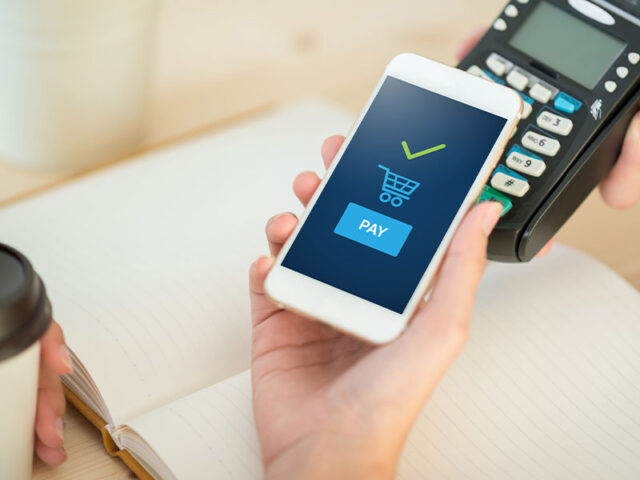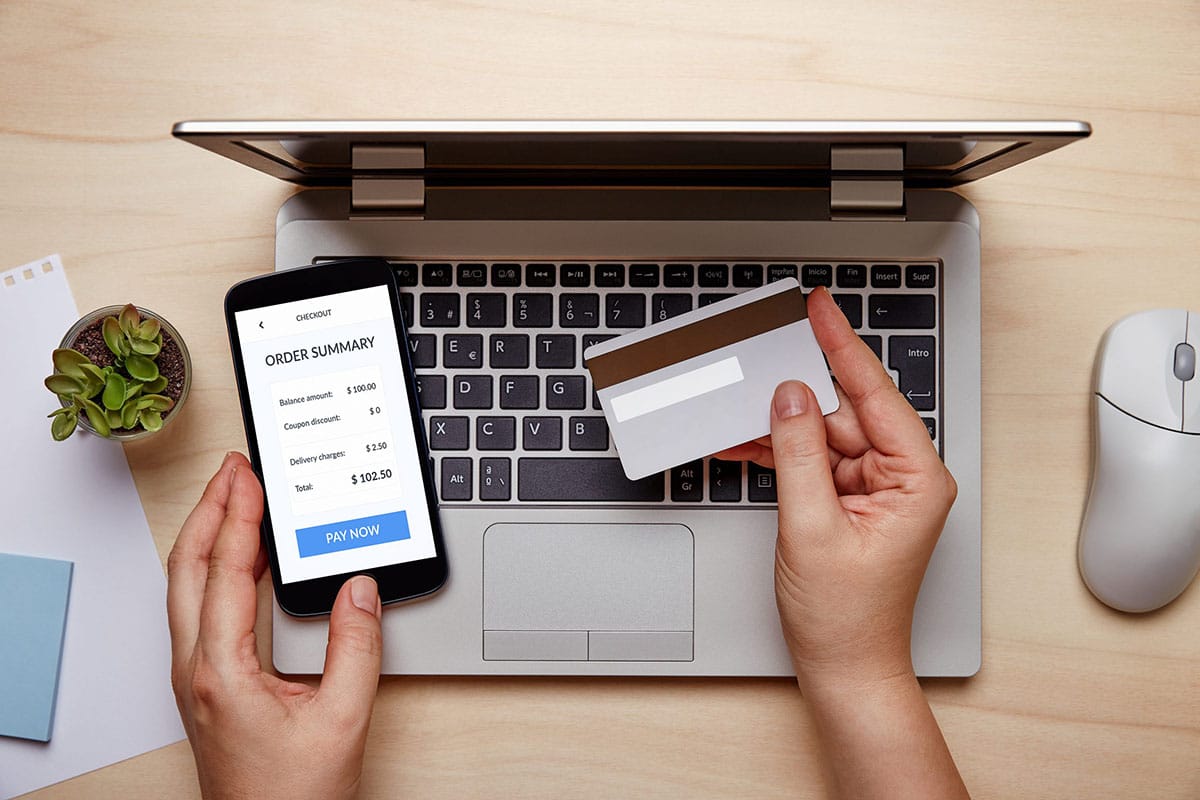As the retail landscape in Agra evolves with technological advancements, the demand for efficient and user-friendly payment solutions is on the rise. A payment app tailored for Agra’s retailers can streamline transactions, enhance customer experiences, and contribute to the digital transformation of local businesses. Here’s a step-by-step guide on how to build a successful payment app for Agra’s retailers.

1. Conduct Market Research
Before diving into app development, it’s crucial to understand the local market and the needs of retailers. Consider the following:
- Identify Target Users: Determine the primary users of the app—local retailers, small business owners, or consumers. Understand their preferences and pain points regarding payment solutions.
- Analyze Competitors: Research existing payment apps in Agra and beyond. Identify their strengths and weaknesses to uncover gaps your app can fill.
2. Define Key Features
A successful payment app must offer essential features that cater to the needs of Agra’s retailers. Consider including:
- Multiple Payment Options: Support various payment methods, including credit/debit cards, UPI, digital wallets, and net banking, to accommodate diverse customer preferences.
- User-Friendly Interface: Design an intuitive interface that simplifies the payment process, making it easy for retailers and customers to navigate.
- Transaction History: Allow retailers to view and manage their transaction history, making it easier to track sales and customer payments.
- Invoicing and Billing: Enable retailers to generate and send invoices directly from the app, simplifying the billing process.
- Loyalty Programs: Incorporate features that allow retailers to create and manage loyalty programs, encouraging repeat business and customer engagement.
3. Choose the Right Technology Stack
Selecting the appropriate technology stack is crucial for the app’s performance and scalability. Consider the following components:
- Backend Development: Choose a reliable backend framework (e.g., Node.js, Django) to manage server-side operations, database management, and payment processing.
- Frontend Development: Opt for technologies that enhance user experience, such as React Native or Flutter, to ensure cross-platform compatibility for both Android and iOS.
- Payment Gateway Integration: Research and select a secure payment gateway that supports multiple payment methods and complies with local regulations (e.g., Razorpay, Paytm, or Stripe).
4. Ensure Security and Compliance
Security is paramount when handling financial transactions. To build a secure payment app:
- Data Encryption: Implement robust encryption protocols to protect sensitive user information during transactions.
- PCI Compliance: Ensure the app complies with Payment Card Industry Data Security Standards (PCI DSS) to safeguard cardholder data.
- Fraud Detection: Integrate fraud detection mechanisms to identify and prevent fraudulent activities in real-time.
5. Design an Intuitive User Experience
A seamless user experience is critical for user adoption. Focus on the following design principles:
- Simple Navigation: Organize the app’s features logically, making it easy for users to navigate and complete transactions.
- Visual Appeal: Use a visually appealing design that aligns with Agra’s cultural aesthetics, making the app relatable and engaging for local users.
- Responsive Design: Ensure the app is responsive and performs well on various devices and screen sizes, accommodating a wide range of users.
6. Incorporate Analytics and Reporting
To help retailers make informed decisions, integrate analytics and reporting features:
- Sales Reports: Provide retailers with insights into their sales performance, allowing them to identify trends and make data-driven decisions.
- Customer Insights: Analyze customer behavior and preferences to help retailers tailor their offerings and marketing strategies.
7. Develop a Marketing Strategy
Once the app is developed, create a marketing strategy to promote it among Agra’s retailers:
- Local Outreach: Partner with local business associations and participate in community events to raise awareness about the app.
- Online Marketing: Utilize social media platforms and online advertising to reach potential users and showcase the app’s benefits.
- Incentives for Early Adopters: Offer promotional incentives for retailers who sign up early, encouraging them to try the app and spread the word.
8. Gather Feedback and Iterate
After launching the app, actively seek feedback from users:
- User Surveys: Conduct surveys to gather insights on user satisfaction, challenges, and feature requests.
- Iterative Updates: Continuously improve the app based on user feedback, adding new features and addressing any issues that arise.
9. Provide Ongoing Support and Training
To ensure successful adoption, provide ongoing support and training for retailers:
- User Guides: Create comprehensive user guides and tutorials to help retailers navigate the app and utilize its features effectively.
- Customer Support: Offer robust customer support through multiple channels (e.g., chat, email, phone) to assist users with any queries or issues.
Conclusion
Building a payment app for Agra’s retailers presents a significant opportunity to enhance the local retail ecosystem and streamline transactions. By understanding the needs of local businesses, incorporating essential features, and ensuring security and usability, you can create a payment solution that empowers retailers and fosters economic growth in Agra. With the right approach, your app can become an indispensable tool for retailers, facilitating seamless transactions and driving customer engagement in the digital age.


No responses yet